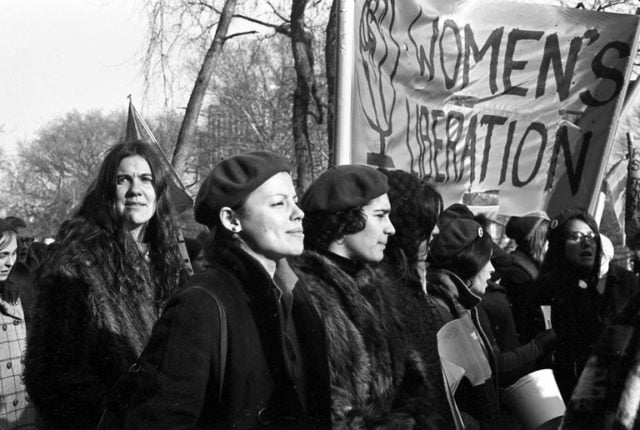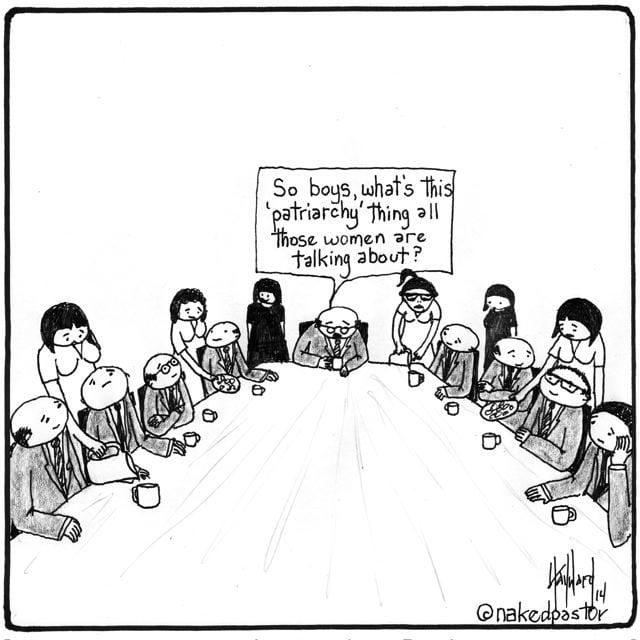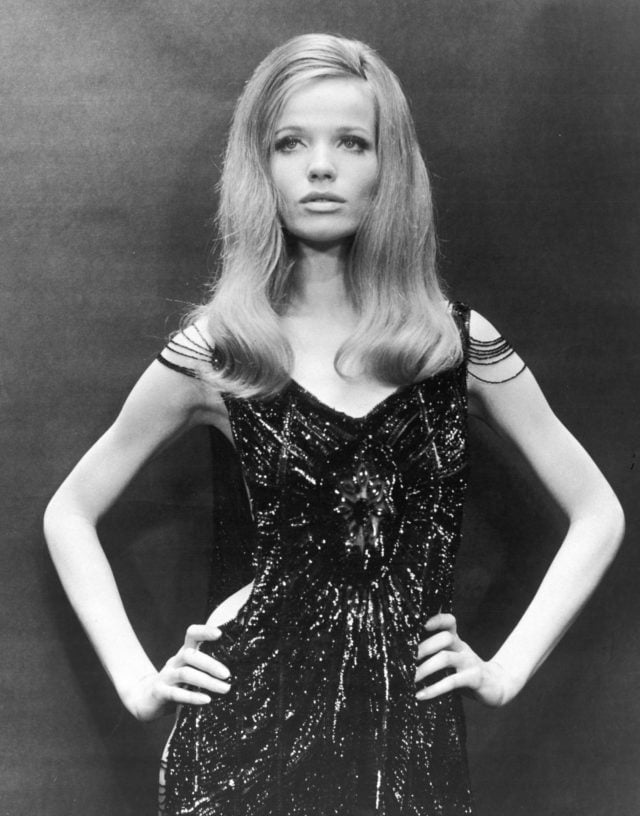Keeping in view the ‘MeToo Movement’ and the unfortunate rise in crimes against women, it may seem like a convenient idea to assume that patriarchy has been existent and suppressing the womenfolk since eternity’ but in reality, it isn’t so.

How It All Began:
The dominance of men over women took roots in global history around 12,000 years ago with the advent of agriculture. Earlier, people lived a nomadic life moving from one place to the other as hunters and gatherers. With the discovery of fertile lands, they began settling down and acquiring lands and private property.
Acquisition of property and resources gave rise to individual families (replacing clans). This necessitated the passing on of the property to one’s own heirs and within the own lineage.

And because there wasn’t any Forensic Science back in those days to determine paternity, the only means of ensuring that the kid was theirs was to restrict a woman’s sexual activity and her interaction with outsiders. And the best way to achieve this was to keep her indoors. Thus patriarchy was birthed!
Also Read: As A Student, Here’s Why I Choose Jobs Over Post-Graduation
Industrialisation Fuelled The Fire:
From the 1900s began the age of commercialisation in the West. Markets were filled with never-seen-before glossy products. Their advertisements too were all around.
These products and services were either advertised by or shown alongside women. The media linked products (objects of desire) with women, establishing them both as desired objects. The woman showcased with these products was thus commodified and viewed in terms of her physical attributes.

The American pop culture and jazz music too contributed to this commodification of women. Females were eroticised and sexualised in the lyrics and came to be visualised as mere playthings.
This deliberate objectification of women also had a racial aspect to it. Earlier, the colonising western nations had viewed the Black woman’s sexuality as primitive and uncivilised. This notion, in the industrial world, led to a low market for western goods in nations inhabited by coloured people.
To counter this, the earlier loathed Black sexuality was now eroticised and projected as desirable. This helped expand their markets in these markets too.
The Homogenised Ideal Female:
Media projections of women followed a standard pattern – a fair, lavishly dressed and bedecked, lean and often underweight woman. As consumerism expanded all across the world, the range of acceptable female body shapes began to be narrowed down.
Even in cultures that earlier had space for all diverse female body shapes and shades, the homogenised Western image of the ‘perfect female body’ became popular. Women began comparing themselves with the fair-skinned lanky models in T.V. ads and became obsessed with their looks, often cutting down their diets to achieve the ‘perfect’ figure.
The rise of diet culture and consequent cosmetic surgery owing to patterns of industrialisation and consumerism worked well to shift the female focus from education to looks.
Putting objects and women on the same shelf dwindled the boundary between them, establishing them both as consumable commodities in the male viewer’s gaze.

How Far Have We Come?
This was all about the early 20th century. But even today, how far have we come from it?
An innumerable number of songs we hear daily portray women as objects rather than as individuals. Fairness creams and other beauty products effectively brainwash young girls into believing that such “beauty” is alone the centre of their lives.
High time we think, is this consumerist culture working in our society’s favour or cementing the existing evils and inviting several more?
Image Sources: Google Images
Sources: The Guardian, Medium, Sociology Guide
Connect With Blogger At: @Rhetorician_rc
































